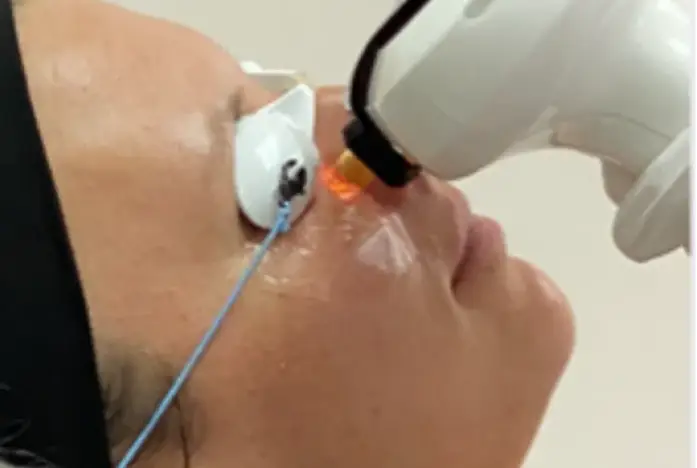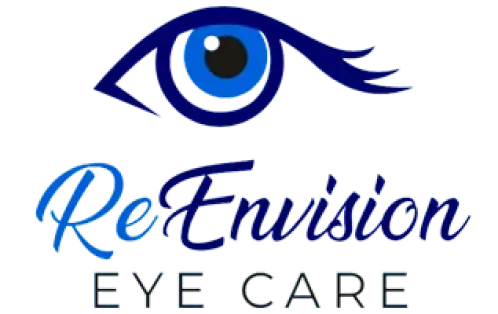Revolutionary Dry Eye Treatment
Addressing Dry Eye with Advanced Non-Invasive Technology

Revolutionary Non-Drug Therapies: At ReEnvision Eye Care, we offer state-of-the-art, non-surgical solutions to treat dry eye effectively. Our in-office treatments provide significant relief using advanced technology:


Envision By InMode
Envision is the new in-office standard revolutionizing procedures in delicate areas. This ground-breaking, non-invasive, nonsurgical device, deploys multiple programmable modalities which work synergistically to deliver comfortable treatments to dry eye patients:
- Forma-I: bipolar radiofrequency (RF)
- Lumecca-I: intense pulsed light (IPL)
Envision’s small-size applicators and precise depth control allow for safe and highly efficacious procedures in the small, more delicate subdermal layers of the periorbital region. With Envision, practitioners deliver non-drug therapies to improve patient quality of life.

INMODE
Lumecca Intense Pulse Light Treatment (IPL)
INMODE Lumecca Intense Pulse Light Treatment (IPL) works to control the inflammatory process and to stop the vicious cycle of inflammation and to reduce the need for medications. IPL treats ocular rosacea, Meibomian Gland Dysfunction, and Inflammatory dry eye. It has been shown to decrease demodex and bacteria around the eyelids. The powerful bursts of light also close off blood vessels that release inflammation in ocular rosacea.
INMODE
Lumecca Intense Pulse Light Treatment (IPL)
INMODE Forma Radiofrequency Treatment (RF) uses Radio-Frequency energy to generate heat which is applied to the skin around the eyes. This heat stimulates collagen formation, bringing white blood cells, and stem cells to the skin around your eyes while reducing inflammation. This treatment aids in opening up clogged meibomian glands, allowing for improved tear production and secretion. RF is usually followed by a Meibomian Gland expression.
Your questions answered
Common questions
What is Envision Treatment and how does it help with dry eyes?
Envision Treatment is a tailored approach combining advanced hydration therapies and personalized care plans. It effectively alleviates symptoms of dry eyes by enhancing tear production and improving overall eye comfort.
Is the Envision Treatment painful?
Envision Treatment is generally painless. Most patients experience minimal discomfort and find the procedure comfortable and beneficial for relieving dry eye symptoms.”
Who is a good candidate for Envision Treatment?
Good candidates for Envision Treatment are individuals experiencing persistent dry eye symptoms, such as irritation, redness, or blurred vision, especially those who haven’t found relief with standard treatments.
What can I expect after undergoing Envision Treatment?
After undergoing Envision Treatment, most patients experience significant relief from dry eye symptoms. You can expect reduced irritation and discomfort, improved tear quality, and enhanced overall eye comfort. The full benefits typically manifest within a few weeks of treatment.
Does your clinic offer pediatric eye care for conditions such as Glaucoma?
Yes, our clinic provides comprehensive pediatric eye care, including treatment and management of conditions like Glaucoma.

Ready to Reclaim Comfort for Your Eyes?
Don’t let dry eye syndrome diminish your quality of life any longer. With our Revolutionary Dry Eye Treatment, you can experience long-lasting relief and improved eye health. Our expert team, led by Dr. Kristi Kozlov, is committed to providing you with the most advanced, effective, and comfortable treatments available.

